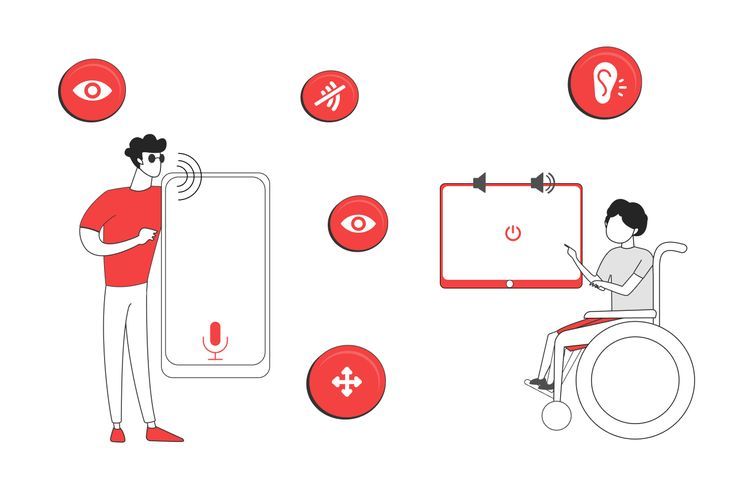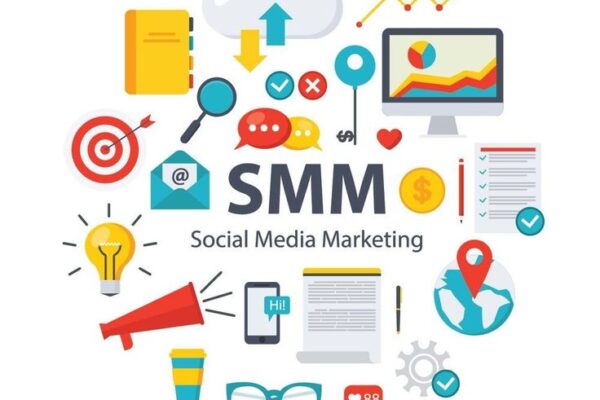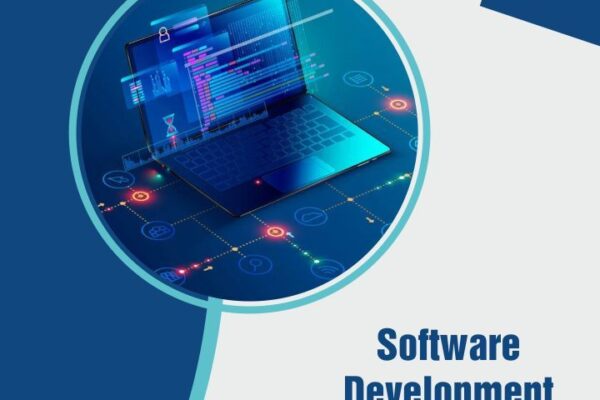Accessibility solutions are essential for improving independence and safety in both homes and workplaces. These solutions include a variety of modifications and technologies, such as wheelchair ramps, stairlifts, and ADA-compliant elevators, designed to remove physical barriers and ensure ease of movement for people with mobility challenges. Providing the right accessibility solution helps individuals maintain dignity and quality of life by making everyday environments functional and inclusive.
Organizations and businesses also benefit from accessibility solutions by meeting legal requirements and fostering an environment where everyone can participate fully. Beyond physical adaptations, digital technologies and inclusive tools play a crucial role in enhancing accessibility, ensuring that all users can engage with information and services equally.
Understanding the broad range of available options—from home modifications to advanced technology—allows individuals and institutions to make informed decisions tailored to their specific needs. Accessibility solutions are not one-size-fits-all but aim to create seamless access in ways that support independence and inclusion.
Comprehensive Accessibility Solutions
Accessibility solutions address a wide range of needs, from improving digital interfaces to modifying physical spaces and providing assistive technologies. Each approach targets specific barriers to ensure inclusion and compliance with established standards.
Digital Accessibility Tools
Digital accessibility tools focus on making websites, applications, and digital content usable by people with diverse abilities. These tools include automated auditing software that scans for compliance with WCAG standards, accessibility widgets that enhance navigation, and color contrast analyzers to ensure readability.
Many platforms integrate features like keyboard-only navigation, screen reader compatibility, and alternative text fields for images. Organizations often implement comprehensive audits followed by tailored adjustments, such as code remediation and UX improvements, to meet legal requirements and improve user experience.
Physical Accessibility Modifications
Physical accessibility modifications involve altering the built environment to support individuals with mobility, sensory, or cognitive impairments. Common changes include installing ramps, elevators, tactile paving, and accessible signage.
These modifications aim to remove barriers in public and private spaces, ensuring safe and equitable access. Compliance with regulations such as the ADA requires periodic evaluation and updates to facilities, emphasizing usability, safety, and independence for all users.
Assistive Technologies
Assistive technologies provide direct support to individuals by enhancing their ability to interact with digital and physical environments. Examples include screen readers, speech recognition software, hearing aids, and adaptive keyboards.
These tools are critical in tailoring accessibility to unique user needs. They facilitate communication, information access, and control over devices, bridging gaps that standard design alone cannot address. Selecting the right assistive technology depends on individual requirements and context of use.
Implementing and Maintaining Accessibility
Accessibility requires ongoing effort and precise methods to ensure digital and physical environments remain usable for all. This involves thorough evaluation, adherence to legal standards, and continuous education of staff to sustain inclusive practices.
Accessibility Audits
Accessibility audits identify barriers by assessing websites, applications, and physical spaces against established guidelines like WCAG. These evaluations should occur regularly—ideally every four to six months—to address evolving standards and technology.
Audits include manual testing, automated tools, and user feedback from people with disabilities. They focus on areas such as keyboard navigation, screen reader compatibility, and color contrast.
A detailed audit report highlights issues and prioritizes fixes based on severity and impact. This enables organizations to allocate resources efficiently and maintain compliance over time.
Legal Compliance
Legal compliance involves meeting standards set by laws such as the ADA, Section 508, and the European Accessibility Act. These laws require accessible digital content and workplaces to prevent discrimination.
Compliance demands understanding specific requirements for various sectors and jurisdictions. Organizations must stay updated on changes in legislation to avoid penalties and maintain accessibility commitments.
Documentation and record-keeping are essential. They help demonstrate compliance in audits and legal inspections, showing a proactive approach to accessibility.
Training and Awareness Programs
Training equips staff with knowledge of accessibility principles, tools, and legal obligations. Regular sessions improve understanding of diverse user needs and encourage inclusive design and customer service.
Programs target developers, content creators, HR teams, and management. They cover topics like assistive technologies, inclusive language, and accommodation processes.
Raising awareness through workshops and events fosters a culture where accessibility is prioritized. Empowered employees can identify and address barriers early, supporting continuous improvement.






